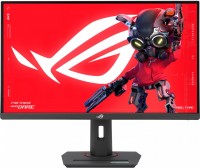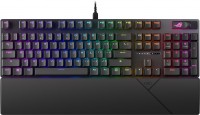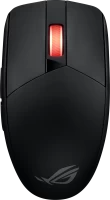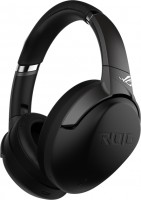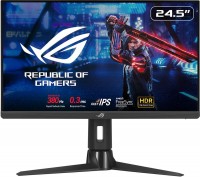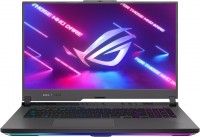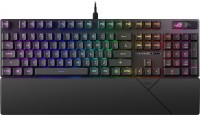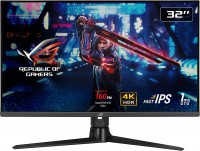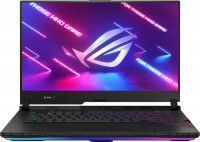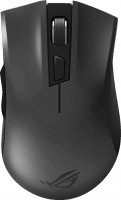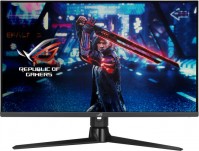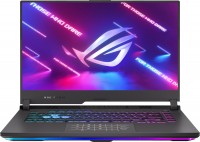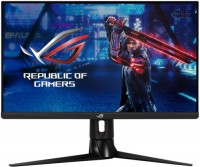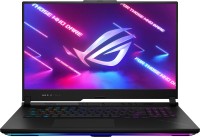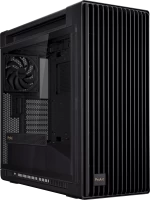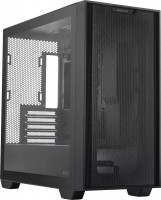Computer Cases Asus series ROG Strix (gaming)
prices on 3 modelsAsus ROG Strix
The Taiwanese manufacturer Asus is familiar to most gamers primarily as a manufacturer of video cards, motherboards and laptops. However, at the end of the last decade, the company expanded, launching the production of computer mice, keyboards, headphones and other peripherals. Traditionally, all inexpensive peripherals are released under the Asus Prime banner, TUF products belong to the middle class, and products from the ROG Strix series are more suitable for enthusiasts with a tight wallet. All these principles were carefully preserved when Asus came to the production of computer cases.
 |
All Asus ROG Strix chassis are designed for powerful builds that can handle extremely high loads. As a rule, these are extremely heavy, massive, built like a Full Tower tank with a reinforced frame, thoughtful layout and an emphasis on lighting. Most often, the standard equipment of ROG Strix cases includes several dust filters, 3 – 4 quiet case fans with ASUS Aura Sync lighting, anti-vibration pads and additional noise-absorbing coating. In terms of design, one of the side walls is usually made transparent to make the cabinet lighting easier to see, and handles are usually provided for ease of carrying.
A great example that captures all the coolness of the ROG Strix series is the ROG Hyperion case, released in 2023. This is a massive 21-kilogram giant with ultra-modern finishes, aggressive design and thoughtful layout, on the basis of which you can easily build a Hi-End PC with the most expensive and powerful hardware on sale. The case is presented in Full Tower format, has expanded support for E-ATX motherboards, supports the installation of video cards up to 46 cm in length and tower coolers no more than 19 cm in height. The built-in A-RGB controller allows you to control eight A-RGB products and six PWM fans. The transparent side wall is made in the shape of a door.

